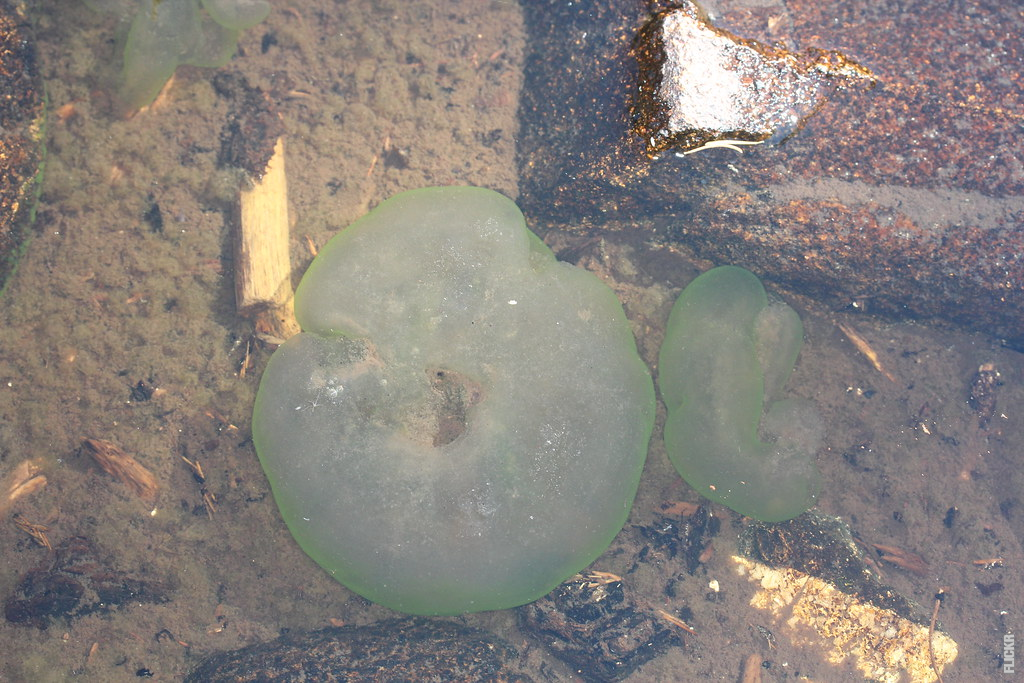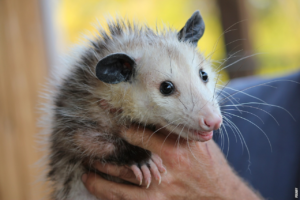The Mystery of Egg Formation
Have you ever wondered how an egg is formed? It’s a fascinating process that takes place within the bodies of female animals, including birds, reptiles, and even some mammals. Let’s dive into the world of egg formation and unravel the secrets behind this extraordinary phenomenon.
1. The Beginning
It all begins in the reproductive organs of the female animal. Within her ovaries, thousands of tiny, undeveloped eggs, known as ova, are present. These immature eggs are contained within follicles, which provide the necessary support and nourishment for their growth.
2. The Maturation
When the time is right, a hormone called luteinizing hormone (LH) triggers the release of a mature egg from its follicle. This process, known as ovulation, marks the beginning of the egg’s journey towards potential fertilization.
3. The Journey
Once released, the egg travels through the reproductive tract of the female animal. In birds, it passes through the oviduct, while in mammals, it travels through the fallopian tubes. Along this journey, the egg may encounter sperm cells, which have the potential to fertilize it.
4. The Fertilization
If a sperm cell successfully penetrates and fertilizes the egg, the process of fertilization occurs. The genetic material from the sperm combines with that of the egg, forming a unique set of chromosomes that will determine the characteristics of the offspring.
Post
Post
5. The Formation
After fertilization, the newly formed embryo begins to develop. In birds, a protective shell is formed around the fertilized egg within the oviduct. This shell provides physical protection and regulates gas exchange, allowing the developing embryo to survive outside the mother’s body. In mammals, the embryo implants itself into the uterine wall, where it receives nourishment and continues to grow.
6. The Hatching
Finally, after a period of incubation, the egg is ready to hatch. In birds, the chick uses a specialized structure called an egg tooth to crack the shell from the inside. Once free, the newborn emerges into the world, ready to begin its life.
Conclusion
The formation of an egg is a remarkable process that showcases the wonders of nature. From the maturation of the egg within the ovary to its eventual hatching, each step is essential for the continuation of life. So next time you enjoy a delicious omelette or marvel at a bird’s nest, take a moment to appreciate the incredible journey that led to the creation of that humble egg.



